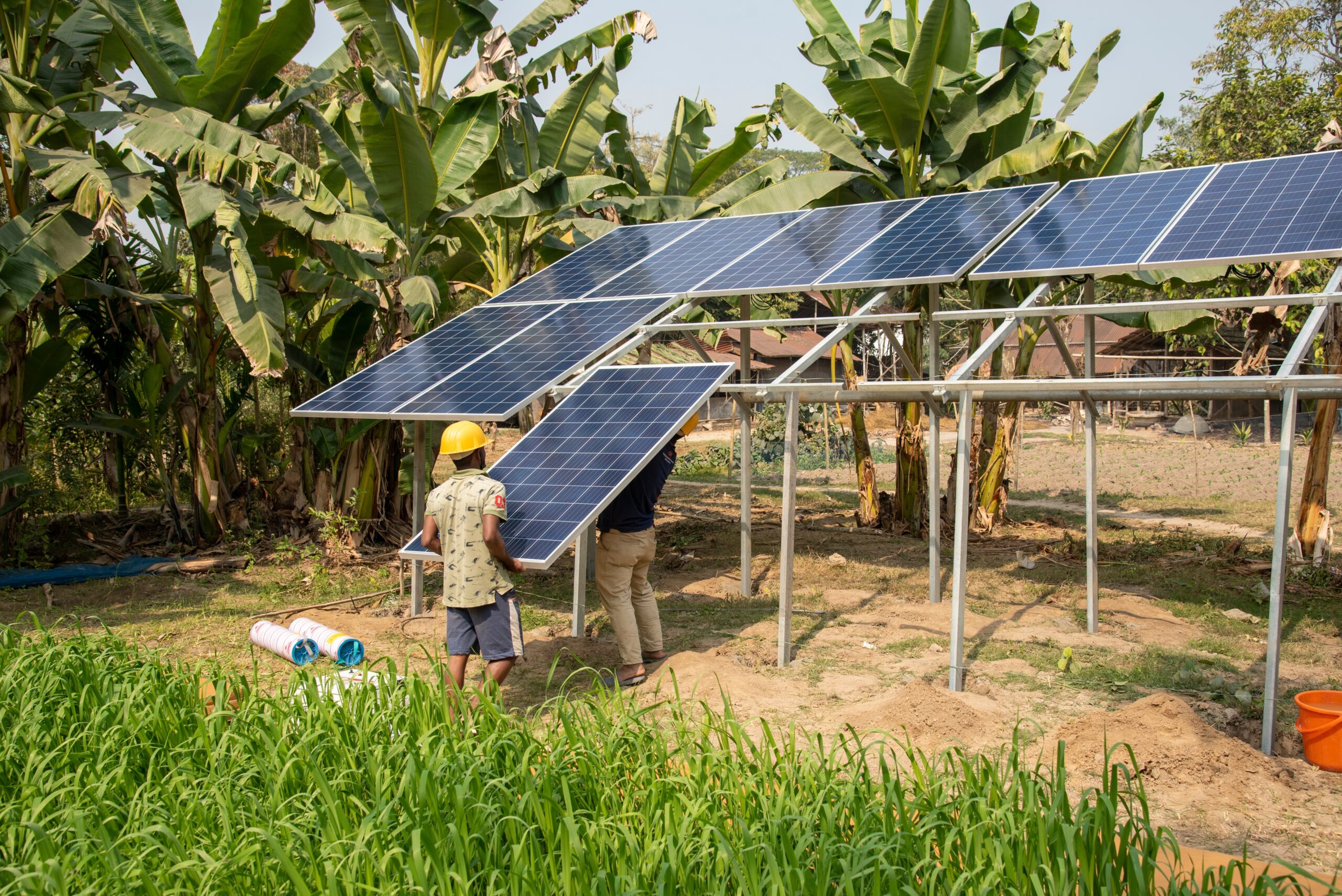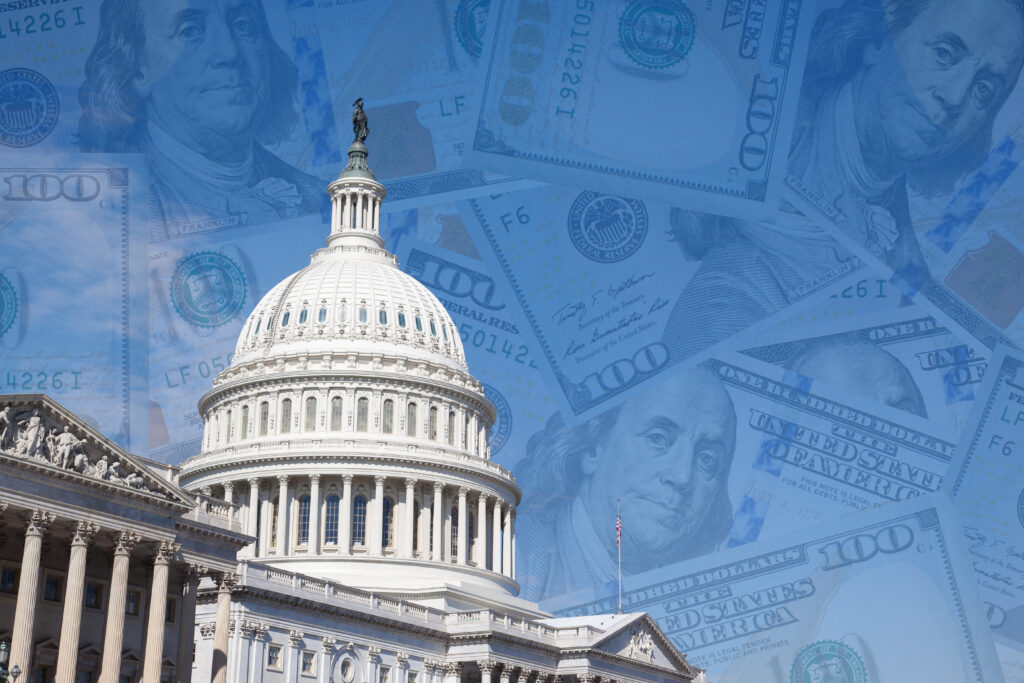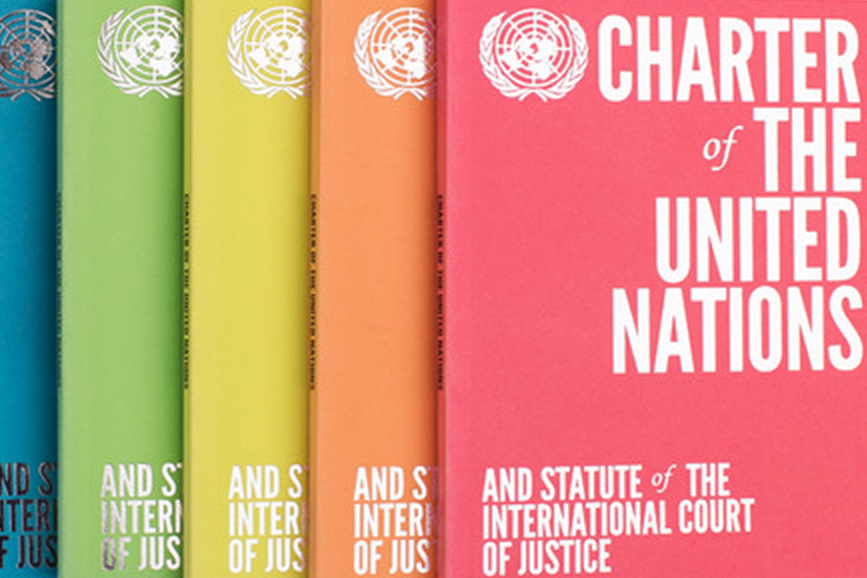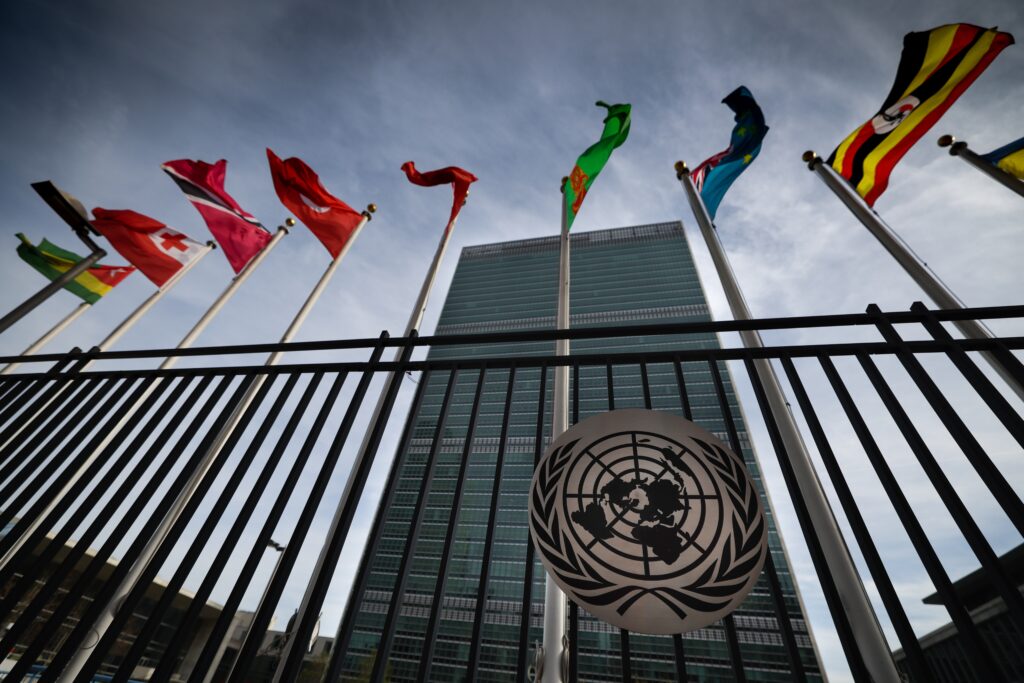By Jorge Moreira da Silva, Under-Secretary-General and Executive Director of the UN Office for Project Services
When world leaders gathered almost 80 years ago at Bretton Woods to create what became the World Bank, they stared down the daunting task of rebuilding a world in ruins.
Today, the World Bank and the entire United Nations system are again in the throes of an ambitious development agenda: we must tackle the existential threat of climate change by ending our addiction to fossil fuels. Central to that transition is the scaling up of renewable energy. As UN Secretary-General António Guterres has said, “Renewables are the peace plan of the 21st century.”
“Renewables are the peace plan of the 21st century.”
— UN Secretary-General António Guterres
The organization I lead, UNOPS, specializes in project implementation, with specific expertise in infrastructure and procurement. We’re on the ground in the world’s toughest places, making a tangible difference in people’s lives. We’re advancing solutions to countries’ energy and infrastructure needs. And we’re working closely with local communities and partners to deliver results.
Across Africa, for example, we see immense needs and even greater promise. In sub-Saharan Africa, 600 million people — more than half the population — live without access to electricity. In rural Sierra Leone, that share falls to 5 percent. Thanks to funding from the United Kingdom, UNOPS has worked alongside partners to install solar mini-grids that connect almost half a million people in 95 communities to electricity, meeting the need for electricity access in a sustainable way.
This is especially critical since renewable energy is projected to account for 75 percent of new power generation across Africa by 2040. While the continent is home to 60 percent of the best solar resources globally, however, Africans benefit from only 1 percent of installed solar photovoltaic capacity. Bridging this gap will be an extraordinary undertaking.
Elsewhere, too, we’re relentlessly focused on putting sustainability at the heart of development and reconstruction.
I recently returned from Ukraine, where in Kyiv, Mykolaiv, and Odesa, I witnessed massive human suffering and infrastructure loss that will take years to rebuild. Even before the destruction of the Kakhovka Dam, damage to the Ukrainian energy system was estimated to cost more than $10 billion. Power generation capacity has been reduced to nearly half of what it was before 2022, leaving 12 million people with no or limited access to energy. And at least $1.2 billion is now urgently needed for emergency repairs for early recovery. A joint estimate in March from the Ukrainian government, World Bank Group, European Commission, and the UN put aggregate reconstruction costs at $410 billion — a number that grows each day the war continues.
Yet in the midst of destruction, I also saw the resilience of the Ukrainian people. A cleaner, greener, more secure energy future for Ukraine is possible. With our partners, UNOPS is helping Ukraine become a renewable energy leader and a model for other countries facing conflict, the effects of climate change, and other threats to their future prosperity .
Through funding from the World Bank, we’re supporting recovery of Ukrainian railway and road networks. We’re also reconstructing schools, residential buildings, and hospitals. We’re providing energy infrastructure that uses local agricultural byproducts. And as a result of investment from Denmark, we’re delivering water trucks to communities affected by the destruction of the Nova Kakhovka Dam.
My life’s work is about advancing sustainable development, development cooperation, and climate action. As a former energy minister in Portugal, I also know that finance, policy reform, and implementation must align to deliver on the energy transition we need.
Today, at the helm of UNOPS, I even more deeply appreciate the need to get the energy transition right. Ninety-two percent of targets within the Sustainable Development Goals depend on infrastructure, while infrastructure simultaneously accounts for almost 80 percent of greenhouse gas emissions. That’s why it’s so important to energize the future, ensuring that work supports the transition towards resilient and sustainable energy systems.
To succeed in this effort, we need partnerships at all levels — from policymakers to grassroots leaders, businesses, and communities who benefit from UNOPS’ 1,000+ humanitarian, development, and peace projects worldwide.
I believe we can harness the same spirit of cooperation that shepherded postwar reconstruction eight decades ago to create a future built on sustainability, resilience, and inclusion. We owe it to everyone on the frontlines of the climate crisis and to future generations to come.
Jorge Moreira da Silva is Under-Secretary-General and Executive Director of UNOPS, the UN Office for Project Services




